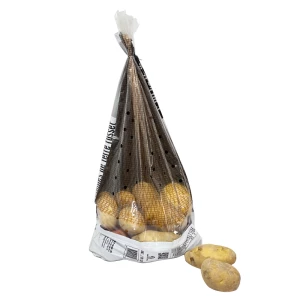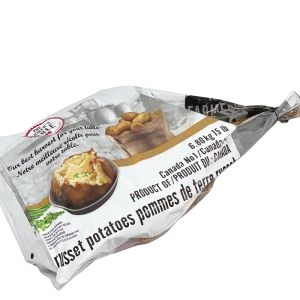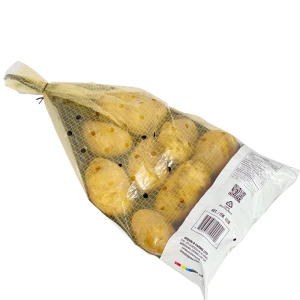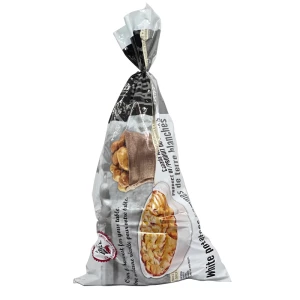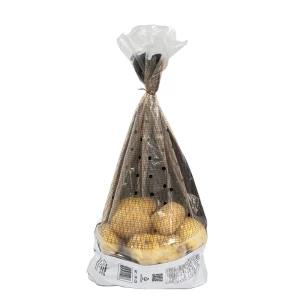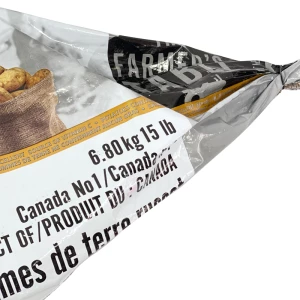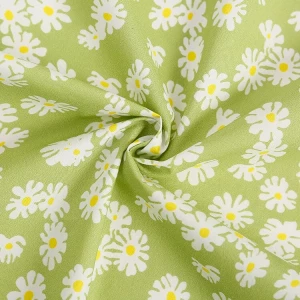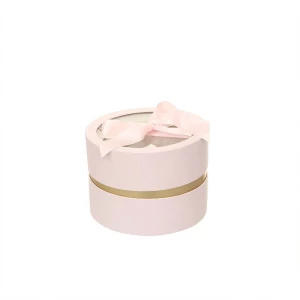Packaging & Printing: How to Source Quality Solutions from China in 2025
In today's global market, Packaging & Printing plays a crucial role in product presentation, protection, and brand identity. With China being a leading manufacturer, businesses worldwide are turning to Chinese suppliers for cost-effective and high-quality solutions. This guide will help you navigate the process of sourcing reliable Packaging & Printing from China in 2025.
How to Find Reliable Packaging & Printing from China in 2025
Finding trustworthy suppliers requires careful research. Start by exploring platforms like Alibaba, where you can filter manufacturers by certifications, production capacity, and customer reviews. Look for suppliers with ISO 9001 certification and a proven track record in your specific industry. Attend trade shows such as Canton Fair to meet suppliers in person and assess sample quality.
What Buyers Should Know Before Buying Packaging & Printing from China
Before placing orders, understand minimum order quantities (MOQs), lead times, and payment terms. Chinese suppliers typically require larger MOQs than local providers, but offer significant cost savings. Always request samples to verify material quality and printing accuracy. Consider working with a sourcing agent if you're unfamiliar with the Chinese market.
Types of Packaging & Printing
The Packaging & Printing industry offers diverse solutions:
- Flexographic Printing: Ideal for large-volume orders with simple designs
- Digital Printing: Perfect for small batches and complex graphics
- Offset Printing: Delivers high-quality results for premium products
- Eco-friendly Packaging: Biodegradable and recyclable options gaining popularity
Functions and features of Packaging & Printing
Modern Packaging & Printing solutions combine functionality with aesthetics. Key features include:
- Tamper-evident seals for product safety
- UV coatings for enhanced durability
- Custom shapes and sizes for brand differentiation
- Smart packaging with QR codes for customer engagement
Scenarios of Packaging & Printing
Different industries require specialized solutions:
- Food & Beverage: FDA-compliant materials with moisture barriers
- Cosmetics: Luxury finishes like foil stamping and embossing
- Electronics: Anti-static and shock-absorbent packaging
- Pharmaceutical: Child-resistant and temperature-controlled options
How to Choose Packaging & Printing
Consider these factors when selecting your solution:
- Product requirements (size, weight, fragility)
- Target market preferences
- Budget constraints
- Sustainability goals
- Branding objectives
Packaging & Printing Q & A
Q: What's the typical lead time for orders from China?
A: Standard production takes 15-30 days, plus shipping time (15-45 days depending on method).
Q: How can I ensure color accuracy in my printed packaging?
A: Provide Pantone codes and request physical proofs before mass production.
Q: What's the advantage of working with Chinese manufacturers?
A: Cost savings of 30-50% compared to Western suppliers, with comparable quality at scale.
Q: Are there eco-friendly packaging options available?
A: Yes, many Chinese suppliers now offer biodegradable, recycled, and plant-based materials.
Q: How do I handle customs and import regulations?
A: Work with a freight forwarder experienced in your country's specific requirements.

















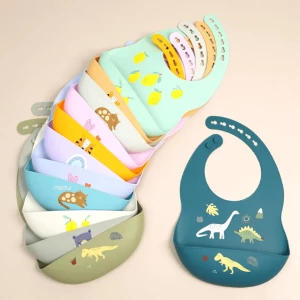
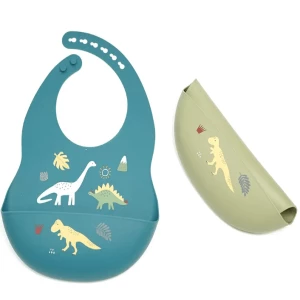
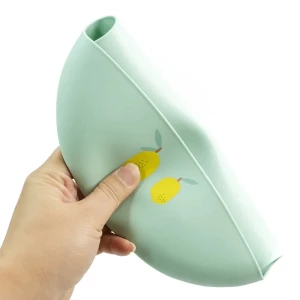
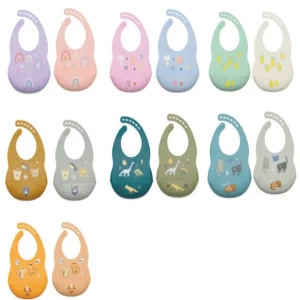
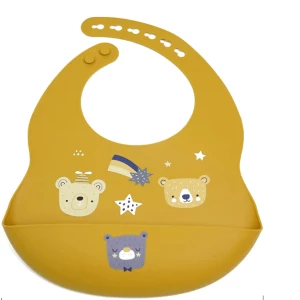




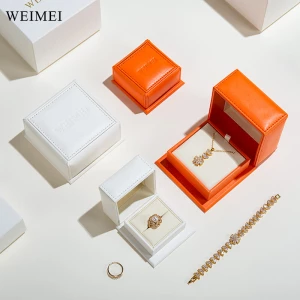
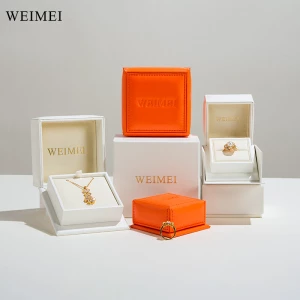








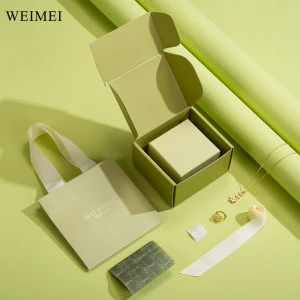
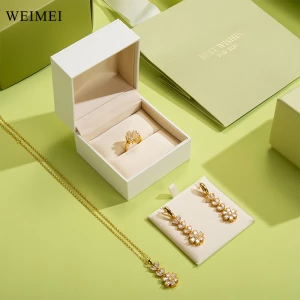
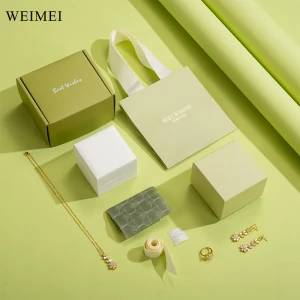
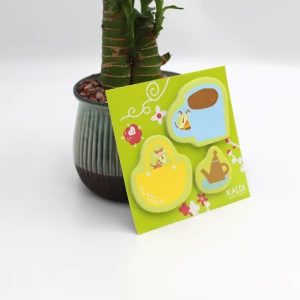
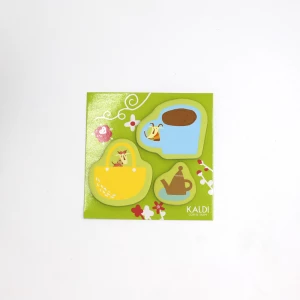
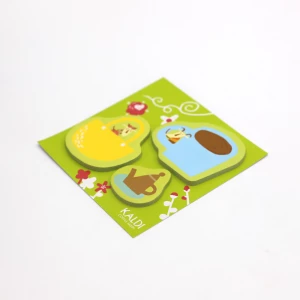
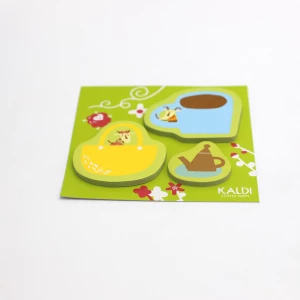
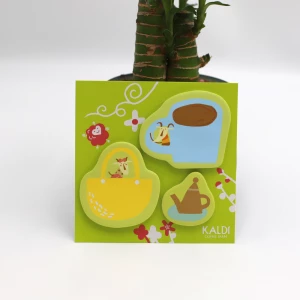



.JPG_300x300.webp)
.JPG_300x300.webp)



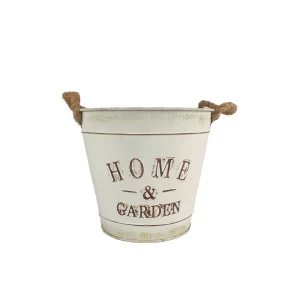


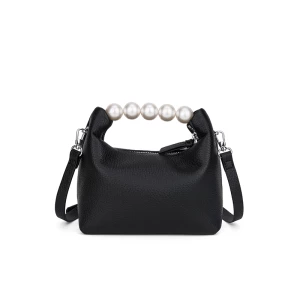
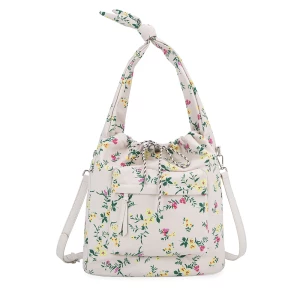


.jpg_300x300.webp)
.png_300x300.webp)
.png_300x300.webp)
.png_300x300.webp)
.jpg_300x300.webp)

